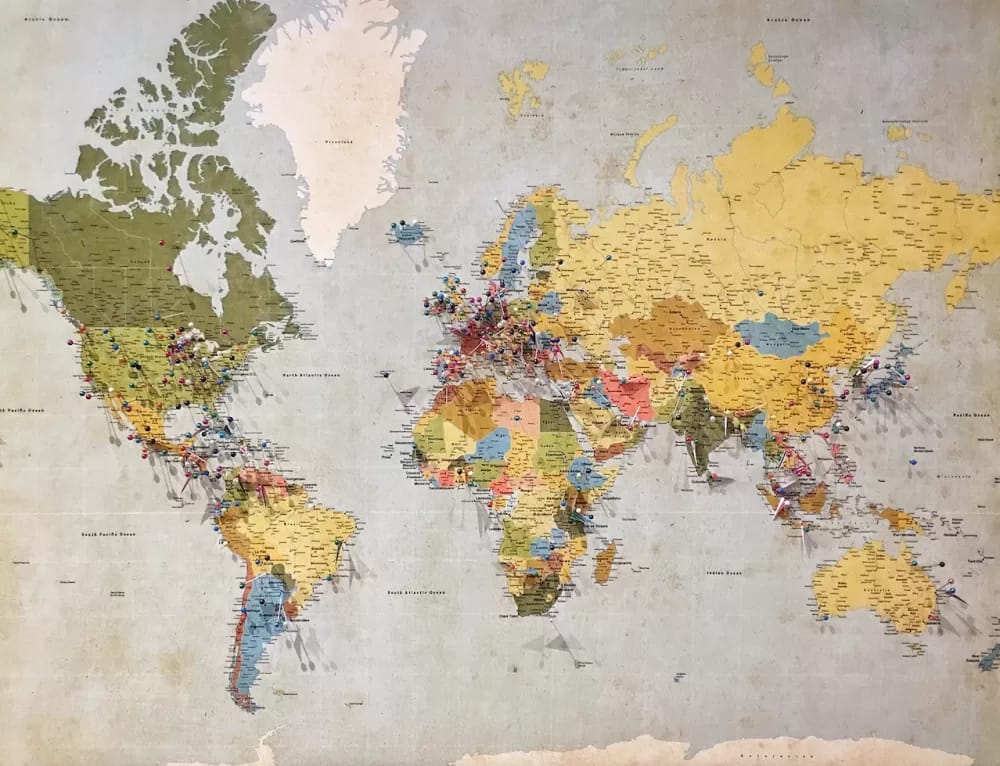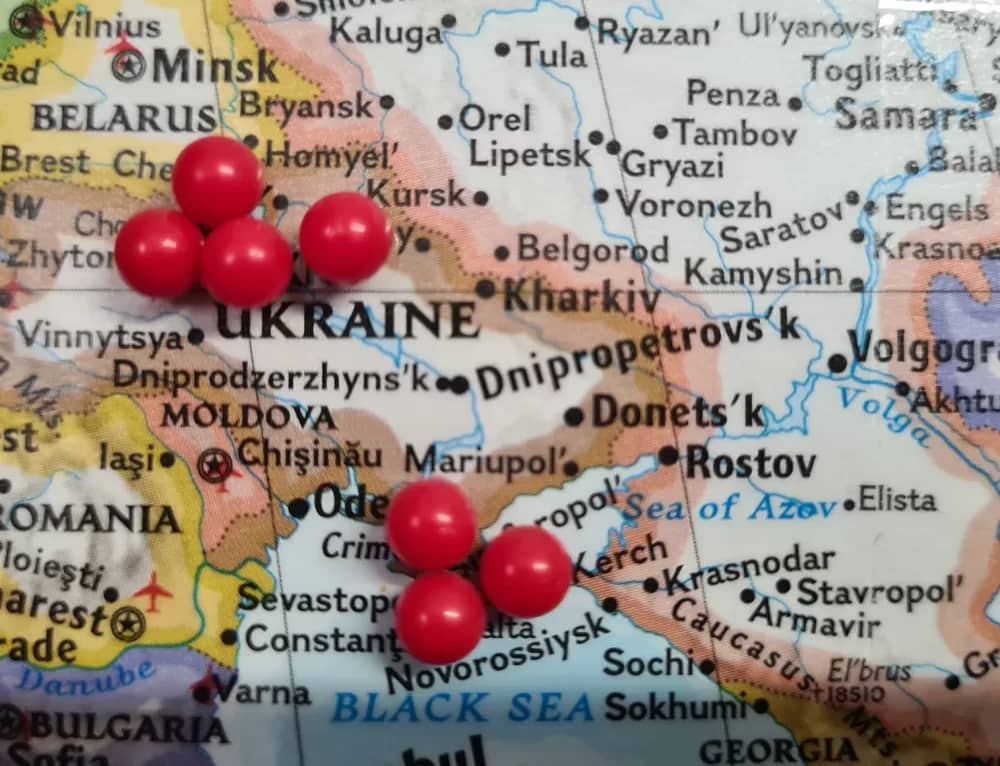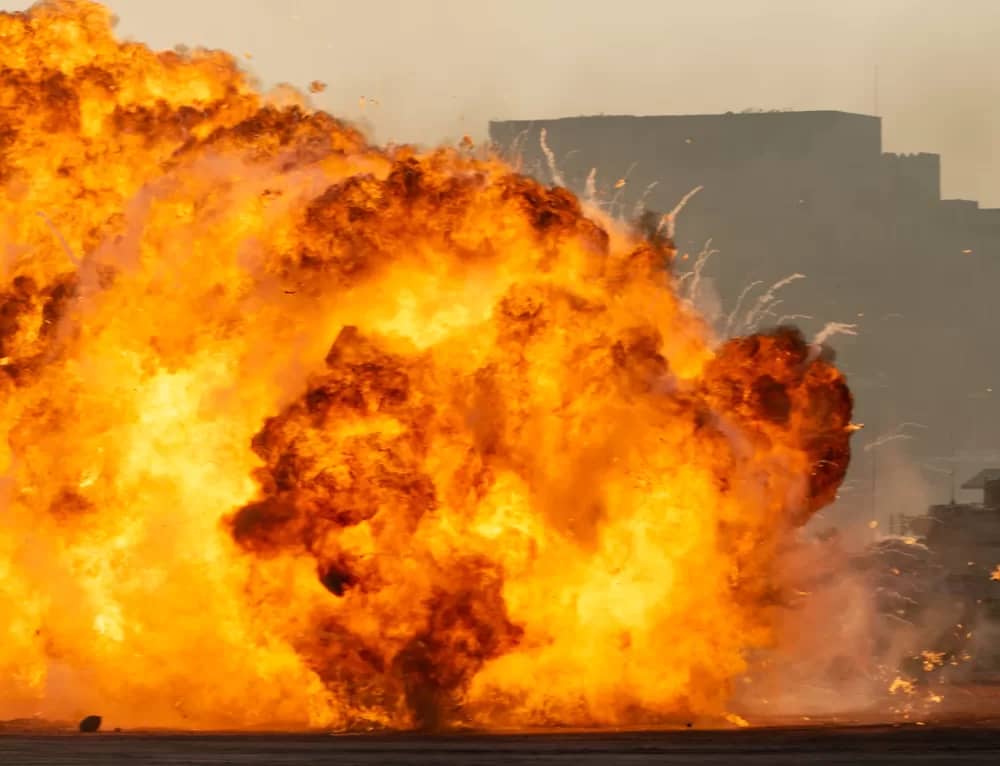Blood Time
Since the beginning of the Russo-Ukraine Conflict, I have noted that Russia’s style of warfare has not changed since ancient times. For instance, in the first months of its epic campaign against the German Wehrmacht, the Russian Military lost tens of thousands of artillery pieces, tens of thousands of tanks, tens of thousands of planes, millions of soldiers, vast stretches of territory, and yet survived. It suffered these horrific losses while maintaining tight hold on its best soldiers and equipment, refusing to expend its best war resources until the crucial time and place.
The ability to watch millions die and suffer and lose material and resources and only fully engage its best forces when the time is best is shocking for some to behold, but such ability embraces the hardcore war doctrine that the Russians typically adhere to.
As in other eras before, only now are we beginning to see the full might of the Russian military. Military production and manufacturing have been cranked up, and we are getting glimpses of a powerful force that can shut down countries using only conventional armaments.
By its own admission, Ukraine reports that 70% of its country has been shut down.
And now, Moldova has been shut down.
As the Nazis and the French before, the poor Ukrainian people are now facing the pounding of the Russian artillery and guns.
A cruel winter is here, and the war shows no sign of end.
Project 4202 and Hell out of the Skies
Now, as pre-World War II, the US is scrambling to catch up to an advanced technology that can change the face of warfare.
Russia, China, perhaps even North Korea, are far ahead of the US in the development of hypersonic missiles. Hypersonic missiles are capable of flying long distances through the atmosphere at excess speeds of Mach 5 and higher. What makes these advanced weapons so dangerous is that they are capable of long-distant attack without being detected by defense systems—radar and missile shields, etc.
The Russian KH-47M2 Kinzhal Dagger, NATO classified Killjoy, is one of various Russian hypersonic missiles that are able to be used in a nuclear or conventional capacity. It has a reported range of 2,100 kilometers Mach 12 speed—2.5 miles a second—and can execute evasive maneuvers at every stage of its flight. Not only can it carry nuclear and conventional warheads, it can be launched from several methods, including from TU-22M3 bombers and MIG-31K interceptors, and can avoid any air defense system due to its formed plasma cloud that allows it Plasma stealth capability.
Another of Russia’s six known developed/operational hypersonic weapons is the Avangard (Yu-71 and Yu 74) a glide vehicle that is operational or near operational, can reach speeds of MaCH 20, and has a striking range of 6,000 km.
Yet another is the 3M22 Zircon/SS-N-33, a missile designed directly as a threat against any naval force. The missile is a complex maneuvering anti-ship hypersonic cruise missile that has a range up to 1,000 km, its two-stage system uses solid fuel in its first stage and a scramjet engine in the second.
What is worth noting, Russia has used few hypersonic missiles in their war with Ukraine. This is not a surprise as the Russian military’s ability to hold its water is renowned. The Russian military is strongly based on military doctrine, and they realize it is not in their best interests to use a weapon in a war they have little doubt they can win. They’re not overconfident—they’re just calculated.
Armor and Tactics
The modern Russian tank, T-14 Armata, a new-generation MBT developed by Uralvagonzavod (UVZ) is now being sparingly seen on the battlefield. The T-14 is equipped with digitalized instrumentation, unmanned turret, and isolated armored capsule to protect the crew.
I fully believe this is not the most advanced Russian MBT, it is only the most recent one they unveiled back in 2015. There are others we have no knowledge of.
Outlook and Prophecy
The Russo-Ukraine War is a unique one in many respects. For one, both countries are connected by a long border, both are historically linked, both have brave, high-quality troops, but the problem is that Ukraine cannot support itself militarily or economically. Russia, on the other hand, can.
How long can NATO support Ukraine? Already support to continue to provide military and economic backing to Ukraine is waning. From the start, this has been one of many glaring issues.
The answers to these glaring questions are not hard to answer if one is sincere and truthful.
I will continue to declare, without compunction, that the military equation in Ukraine is an unwinnable calculation for the western forces.
NATO and the US cannot win this war.


Photos: Tyler Van DerHoeven, Dmitry Stepanov, Robert Anasch
https://www.amazon.com/PUBLIUS-SEMPER-TYRANNIS-Baltazar-Bolado-ebook/dp/B099MS5YXC
https://www.amazon.com/gp/product/B0BHXVCVCK/ref=dbs_a_def_rwt_bibl_vppi_i3





